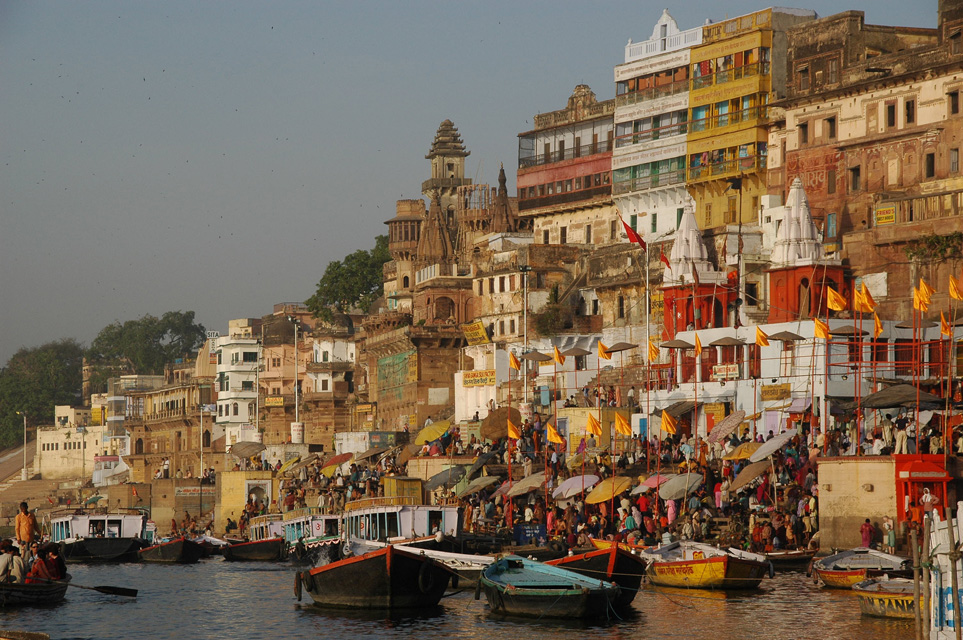
Uttar Pradesh shining among BIMARU states
A few weeks ago, NITI Aayog published the performance report of 36 states and union territories of India with reference to the Sustainable Development Goals (SDGs) for the year 2020-21. According to this report, the overall score of Sustainable Development Goals (SDGs) for all India has increased from 60 in 2019 to 66 in 2020. In terms of SDGs, Kerala has maintained its top position, with 75 points, while lowest in the ranking is Bihar, as previously, with 52 points.
Uttar Pradesh, which was an ‘Aspirational State’, with a very low score of 42 points in 2018 has moved up to 60 points (a big leap forward by 18 points in just two years). Last year only it came into the category of a ‘Performer State’. If we see, the other ‘Aspirational State’ Bihar has moved up from 48 points to 52 points only in these two years (that is, an increase of only 4 points). The performance of Assam was little better, as it moved up from 49 points to 57 points in these two years, that is, an increase of 8 points. Other states in the bottom rank are Jharkhand which improved from 50 points to 56 points, Madhya Pradesh improved from 52 points to 62 points and Rajasthan improved from 50 points to 60 points.
For a long time our country has been grappling with regional economic inequalities. The United Nations Development Program (UNDP) formula has long been used to rank countries based on their level of human development. The SDGs incorporate many factors that were not included in the Human Development Index (HDI). Human Development Index included the per capita income, health indicators and education indicators to arrive at the estimates of HDI.
On the other hand, 17 goals have been incorporated in the SDGs at present. These goals include poverty alleviation, zero hunger, good health and well-being, quality education, gender equality, clean water and sanitation, affordable and clean energy, good work and growth, reduction of inequalities, strong institutions for peace and justice, responsible consumption. and production etc. 117 indicators have been used to assess the performance of these goals by NITI Aayog’s Report.
The backward states of our country included Bihar, Jharkhand, Uttar Pradesh, Madhya Pradesh, Rajasthan, Orissa with huge population; as well as some north-eastern states. Many times, using first letters in the names of these states (Bihar, Madhya Pradesh, Assam, Rajasthan, Uttar Pradesh) they have also been named as 'BIMARU' states. If we assess the performance of these 'BIMARU' states in the last nearly three decades, then we see that between 1990-91 to 2004-05, the rate of growth of Bihar was -1 percent, Madhya Pradesh's 1.78 percent, Assam's 3.18 percent, Uttar Pradesh's 2.79 percent, however, the growth rate of Rajasthan was 5.11 percent and for Odisha it was 5.52 percent. Against growth of forward states, which was 6.03 percent, growth of backward states was only 2.7 percent during this period. More or less similar situation existed even prior to 1990. But the growth of backward states after 2004-05 was somewhat respectable. Between 2004-05 and 2019-20 growth was recorded as 8.6 percent in Bihar, 7.9 percent in Madhya Pradesh, 6.5 percent in Uttar Pradesh, 6.9 percent in Rajasthan, 5.9 percent in Orissa and 6.7 percent in Jharkhand. But it is also true that since the per capita income is very low in these states, even after the faster economic growth, these states are still far behind in terms of per capita income, due to which there is more poverty, hunger etc. Not only this, due to paucity of government revenue, the level of education and health also remains low. Gap between the per capita income of the richest state (Maharashtra) and the per capita income of the most backward state (Bihar), still remains more than 5 to one.
Maharashtra's per capita income is still more than 3.3 times that of Uttar Pradesh, yet it will be interesting to know how Uttar Pradesh rose in composite score of SDGs from 42 points to 60 in just two years. If we look at various factors, Uttar Pradesh has the best progress in respect of SDG 7 (that is, clean and affordable energy, in which Uttar Pradesh's score has increased from 23 to 100 points in just two years. This is because electrification is 100 percent. and LPG connections have reached to 107%. Uttar Pradesh has got the second-best success in Health and Wellbeing (SDG 3), in which Uttar Pradesh has increased its score from 25 to 60 points. In Gender Equality (SDG 5) the performance of Uttar Pradesh has also improved due to increased participation of women in the state legislature. For clean water and sanitation system (SDG 6), the score of Uttar Pradesh has gone up from 55 to 85 in 2 years. In terms Peace, Justice and Strong Institutions (SDG 16) also, the score of Uttar Pradesh has increased from 61 to 79. Though, the performance of Uttar Pradesh is remarkable in only 5 factors, out of 17 factors, the state has moved up by getting 11 additional points in the composite SDG score. That is, if there is improvement in other SDGs also, then Uttar Pradesh can easily come in the list of front runner states.


